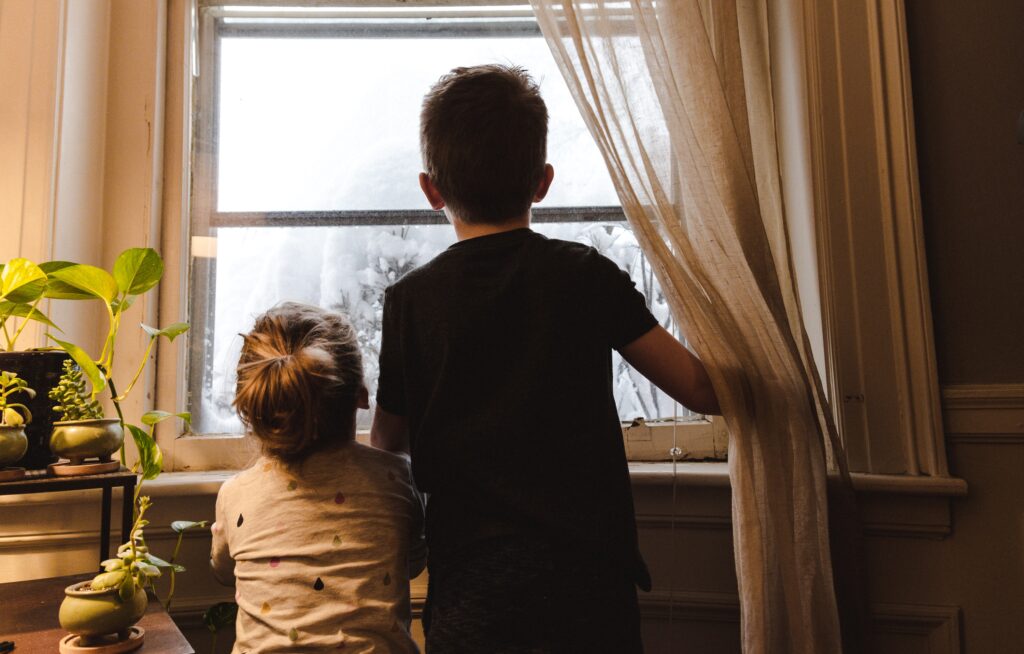Should You Be Concerned?

VISUAL INSPECTION
Both the EPA & HUD require a visual inspection as a first step in the clearance process of lead paint abatement. A visual inspection is performed by a licensed NYSL inspector & is designed to determine if the area is free of visible dust & debris before lead dust testing can begin.
PROPERTY MANAGERS
Did you know that property managers are required to inspect all their units every two years to ensure that no lead hazards are present in the properties they rent? Contact NYSL to make sure you are abiding by all Federal, State & City lead paint regulation.
DO YOU OWN OR OPERATE A CHILDCARE FACILITY?
Every childcare facility must be lead free, according to Federal, State & City laws. Call NYSL to have your inspection & remediation done.
THINKING OF BUYING A NEW HOME?
Buying a home is an integral part of the American Dream. But that dream can become a nightmare if dangerous levels of lead are found on the walls of your home, or in your soil or water. Save money, aggravation, & potential health risks by calling NYSL before you think about buying a new home.
LEASING AN APARTMENT?
Have it tested. Have a NYSL inspector visit your property & show you how to live lead hazard free.
INSPECTION
Is there anything more important than your family? Let a trained NYSL risk assessor come to your residence & provide you with a thorough analysis of any & all lead hazards. If needed, we can provide you with a remediation plan to ensure that your home is lead hazard free
DUST WIPES
A trained NYSL representative will take a Dust Wipe sample to test for lead on your site. Samples are collected from floors, interior window sills, & similar surfaces.
REMODELING & RENOVATIONS
If you are planning any remodeling or renovations on a property built before 197, even if you are doing work yourself, you should contact a NYSL specialist to ensure your home is not being exposed to lead hazards during the project
CLEARANCE SAMPLES
The purpose of lead dust clearance is to determine if an area is safe for re-occupation. An EPA certified NYSL agent will take Clearance samples after renovation, repair, painting, cleanup activities are completed, or after a lead paint violation has been corrected in any property built before 1978.
The Facts About Lead
- Lead can affect children’s brains & developing nervous systems, causing reduced IQ, learning disabilities, & behavior problems. Lead is also harmful to adults.
- Lead dust is the most common way people are exposed to lead. People can also get lead in their bodies from lead in soil or paint chips. Lead dust is often invisible
- Lead-based paint was used in more than 38 million homes until it was banned for residential use in 1978
- Projects that disturb painted surfaces can create dust & endanger you & your family
Why are children at the highest risk for lead poisoning?
- Lead is especially dangerous to children under 6 years of age
- Small children tend to put things in their mouths & play on the floors. This exposes the child to lead if there are lead hazards in the home. If swallowed, lead tends to absorb more easily in a young child than an adult
- Lead poising can have developmental affects on a child’s internal organs, nervous system, bones & brain. Other effects can include learning disabilities, behavioral problems & growth delays
- Children with diets low in calcium & iron tend to absorb more lead, so good nutrition is an important factor to prevent lead poisoning
- Children may also be exposed to lead from toys that have been made in foreign countries & then imported into the USA or older toys manufactured before the lead paint restriction enforcement in 1978
- Lead in metal costume jewelry may also pose a threat if manufactured outside the USA & in violation of Federal Hazardous Substances Act (FHSA) strict guidelines
What are the symptoms associated with lead poisoning?
- Typically lead poisoning has no outward signs or symptoms. In extreme cases symptoms could include stomach cramps, diarrhea, vomiting, lethargy or seizures
- Even children who appear healthy can have dangerous levels of lead in their bodies
- A blood test is the only way to tell if you or your family member already have lead poisoning.
Are adults at risk for lead poisoning?
- Unless adults work with lead in some capacity they are not typically at risk
- Some types of situations that might expose adults to lead include doing carpentry or painting on older homes, working in construction, working on automobiles, & working with metals
- Unknowingly adults working with or around lead can bring home lead dust on their clothes & shoes
- Renovations on homes built before 1978, can produce lead hazards if the work is not done in a lead-safe manner. Pregnant women, children & adults should be careful if living in or visiting a home where renovations are or have taken place
Possible effects of lead in pregnant women
- Pregnant women should consult their doctor for a blood test if exposed to lead. A mother with elevated levels of lead in her blood could risk passing on the harmful effects of lead because lead crosses the placenta to the fetus
- If a pregnant women has lead in her body, the baby could be born too early, too small, have health issues & learning problems
Some tips to help protect your family everyday
- Regularly clean floors, window sills & other surfaces
- Wash children’s hands, bottles, pacifiers & toys often
- Make sure children eat a healthy nutritious diet consistent with the USDA’s dietary guidelines, that helps protect children from the effects of lead
- Wipe off shoes before entering the house